“If you can’t beat em, join em.” That’s the mission statement of Neuralink, a neural technology company laying the foundation for the future. Elon Musk has detailed more about Neuralink’s August 28 event, revealing that a live demo will take place.
With anticipation brewing in the tech space, we decided to break down what a Neuralink future may look like.
Busy? Try the speed read.
What’s happening Neuralink, a neural tech company owned by Elon Musk, is hosting a public event this Friday, August 28th. The event will feature a live demonstration of the innovative technology.
What is Neuralink? The four by four millimeter chip sits in a sealed cylinder where it is inserted in the back of your head. Made up of 1,024 electrodes, the N1 works with your brain’s neurons to solve neurological mysteries.
Musk believes the micro-chip will be able to solve any neurological disorder from Parkinson’s to Alzheimer’s.
Why it matters The technological prospects of solving neurological mysteries is fascinating and worthy of covering.
This emerging new era in the human timeline will make or break the human future, and quite possibly the natural world.
Some talking points
- Philosophical questions: Humans are flawed. That makes us human. If brain chips one day make our brains ‘perfect’, what does that world look like?
- Hacking: Technology is advancing faster than laws and regulations. Legal and compliance frameworks just can’t keep up. How can we safely stop hackers from entering our brains?
- Global inequality: When Neuralink inevitably matures into a product for convenience rather than desperation, rich kids who can afford neural chips will advance even faster beyond less-privileged peers.
Bottom line When do we take it ‘too far’? Will we ever?
Let’s learn the lessons of our past, and put pressure on innovative new technologies before they get ‘too big to fail’.
That way we can ensure that the innovation is serving the best interest and will of the people, rather than exacerbating our society’s greatest problems.
Dig deeper → 5 min
Last month, Musk announced that Neuralink would be hosting an event outlining the plans for the brain-computer technology. That event is chalked up for this Friday, August 28th. Neuralink head-honcho Elon Musk confirmed that a live demonstration will take place.
From a series of cryptic Muskian tweets, some are speculating that human trials may begin sooner than expected.
Though much uncertainty remains about the technology and the timeline of development, the recent headline prompted us to make some bold predictions about the prospects of a transhuman future. Exploring the potential benefits or threats associated with our immersion with AI is something not to be taken lightly.
At SR, we believe this emerging new era in the human timeline will make or break the human future, and quite possibly the natural world. It is a topic we hold dear to our hearts. With that said, there will be many more discussions about brain computers and tech takeovers to come. Consider this our opening statement.
What is Neuralink?
Neuralink, founded in 2016, is a neural technology company trying to do the impossible: develop a micro-brain implant to interface our fleshy encephalon with a Bluetooth-enabled, neural-net-infused computer chip.
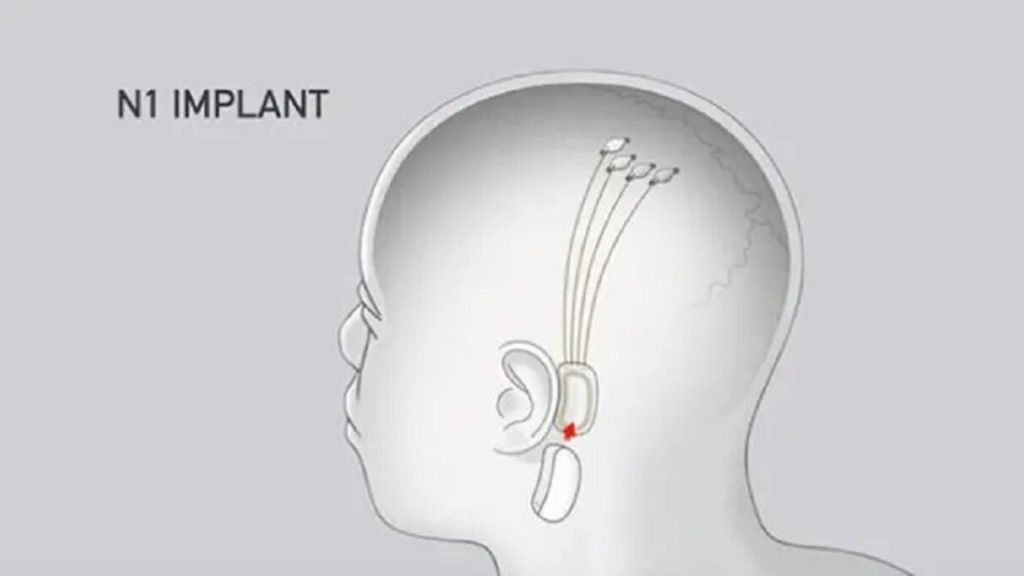
Back in 2019, the company revealed the development of its N1 chip. The four by four millimeter chip sits in a sealed cylinder where it is inserted in the back of your head. Made up of 1,024 electrodes, the N1 works with your brain’s neurons to solve neurological mysteries.
According to Inverse.com, each electrode measures five microns thick, and sits 60 microns away from those neurons. Musk’s Neuralink takes a big leap forward from existing brain-computer interfaces, given that current chips used to treat, for example, Parkinson’s patients, have just 10 electrodes.
Essentially, you would hook up a few of the neural chips with a non-invasive surgery in the back of your skull. With a device near the ear, you could control a smartphone or computer with your brain. Initial clinical trials are expected to begin this year for people with quadriplegia.
What a Neuralink nation may look like
During an interview with Joe Rogan, Musk revealed new details about his plans for the brain-chip. According to Musk, a fully-functioning Neuralink can solve nearly any neurological disorder known to man, from Alzheimer’s and Parkinson’s to Epilepsy.
Admittedly, the prospects of a Neuralink-adopted nation are inviting.
Imagine if your demented 90 year-old grandfather could restore his full memory from childhood? What stories would he tell? Imagine if your paralyzed mother could learn to walk again? Or your impaired brother learn to speak for the first time? The possibilities are endless.
But the risks associated with a widespread tech-transplant in a population are just as compelling. Technology is advancing faster than laws and regulations. Legal and compliance frameworks just can’t keep up. By the time policy-makers dot their i’s, the law could already be obsolete. I mean, our Congress can’t even decide on a data privacy law.
Meanwhile, hackers somehow broke into the most prominent Twitter profiles on the internet just last month. The list included celebrities like Kim Kardashian and Kanye West, but even the techies — namely Jeff Bezos, Bill Gates, and Musk himself — lay victim to their own game. The hack? Send Bitcoin and the famous people would send back double your money.
How can Neuralink users expect to be saved from the unrivaled perpetuity of cyber crimes? If you thought losing your social security card was bad, imagined someone hacking into your brain.
Institutional infrastructure can hardly catch up with FAANG’s global takeover, let alone transhuman security breaches. As much as we want to see Grandma walk again, the world just isn’t ready yet. The real question becomes: will it ever be?
Hackers aside, what a Neura-linked future looks like
Put the inevitable risk of criminal-behavior aside. Let’s evaluate what a Neuralink-infused society would actually look like. A world without neurological disorders, yes. But alleviating a social ill is step one.
A world without worry
After curing the pains of those suffering from the displeasure of disorders, our predictable human minds will seek to solve the trivial shortcomings of the perennial human existence. You know, things like questioning self-worth, learning the guitar and realizing you suck at it, getting cut from the basketball team, losing your girlfriend, etc.
These losses and failures hurt deeply, there is no doubting that. But they also define us. Realizing your own insecurities and limitations as an individual not only helps you better understand your strengths, but it also keeps your ego in check.
We are already living in the age of the narcissist. Just click on the profile of the first post on your Instagram or TikTok feed and you decide for yourself. I know, I think I’m awesome too.
Now imagine a society without personal insecurity. My philosophical imagination pictures a world without dating. I’d rather date myself. Musk and fellow-billionaire Jack Ma already hinted at the possibility of population collapse as a result of the prevalence of AI.
Attach 10000K VR sex dolls, climate change and global pandemics to a person freed of neurological flaws, and monogamous love, marriage, and its consequential child seems all but certain.
Economic inequality, exacerbated
If you’ve ever heard AOC or Bernie pound a podium, you’re probably aware of the 99% vs 1% argument. 1% of the world controls 99% of the world’s wealth.
Global inequality is skyrocketing. Billionaires are making billions during the pandemic while millions suffer to put food on the table from a man(not market)-caused recession.
Well, again, let’s play the imagination game. Johnny lives in the Long Island suburbs of New York City. His parents make $150K a year, each. Neuralink has already matured on the market.

Folks are using it for frivolous tasks and life goals like mastering chess, or memorizing computer algorithms for popular software tools. Instead of paying for high school and college, Johnny’s parents decide to pay for the $25,000 Neuralink installment for their son.
They pay for the science & sports package, an American favorite. Johnny is now a world-class talent in Tennis, and he has the scientific aptitude of an esteemed Johns Hopkinsian researcher.
Jill, on the other hand, lives in rural Missouri. Her father was a farmer a long time ago, but agro-industry swallowed up their business. Her Dad worked at a grocery store for a little while, but humans don’t do that anymore.
Now, he relies on the Freedom Dividend to get by as he finds new meaning in life. They cannot afford to buy a neural-boost. So, they watch the world go by and they make the most of their uncomplicated lives by playing cards and hiking through the Ozarks.
Superman or Kryptonite
I’m playing fantasy here, so there are holes in the story. Yes, if any rich kid could learn math and science like Albert Einstein or Nikola Tesla, global poverty would probably cease to exist.
But by the time neural-networks advanced to the point of superhuman hybrids, and the world adopted it on a mass scale, the global South could see a major population collapse, inequality would skyrocket before it ever plummeted, and the Free World would look more like communist China than 19th Century America for whites.
Has big business given us a reason to feel any differently? The last I checked, big tech was better known for scandal than social good.
With Ring, Alexa, iPhones, GPS, and apps that give up our data for nothing, a 1970s acid head would be rightfully cringing at the amount of public and private surveillance we welcome into our homes.
Now we are considering surveillance in our brains? Sorry to say it, but there is no constitution capable of protecting that permission of intrusion. Guess we just have to trust that people in positions of power are well-intentioned. History definitely demonstrates that.
A scrutinous eye for new tech
Pay close attention to Neuralink’s live demo this week. What does the new technology look like, how long will it take to go-to-market, how will we regulate it, how much does it cost, what are its limits?
If we don’t ask these pressing questions in the early days, did we really learn any lessons from the golden days of Silicon Valley? Tech giants roamed the Earth free from criticism for nearly a decade, until one day we looked up and they were larger than life.
Let’s learn from our past and put pressure on new technologies at their early development. Pressure not in the form of regulation or lobbying or a capital gains tax. I mean pressure in the form of empathy, compassion and love for the human soul.
Without it, humans will cease to exist.
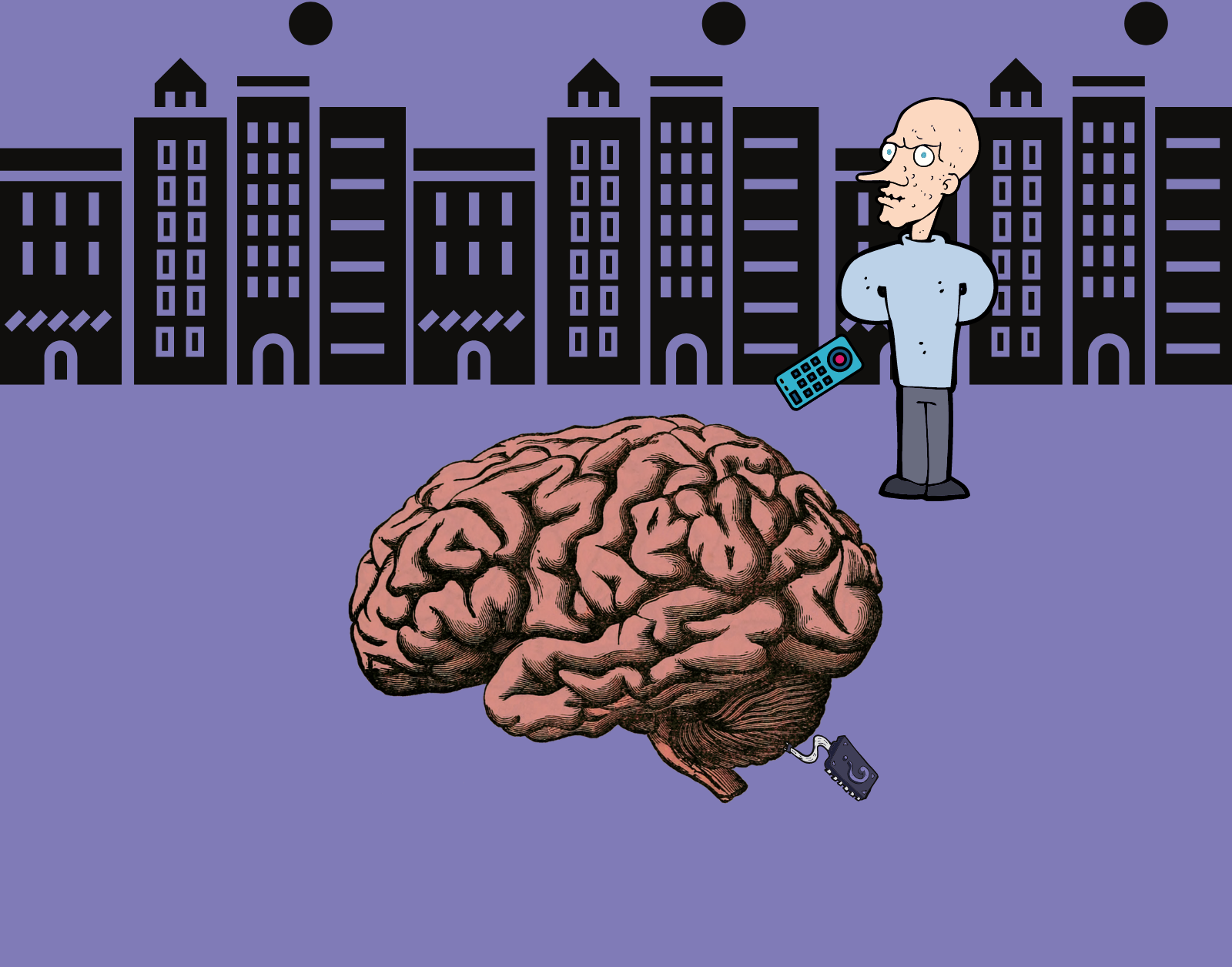


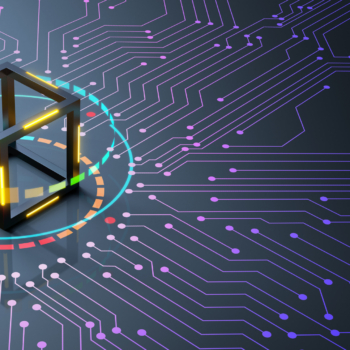




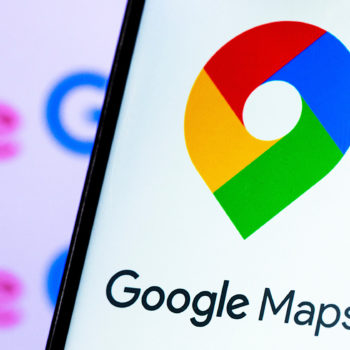
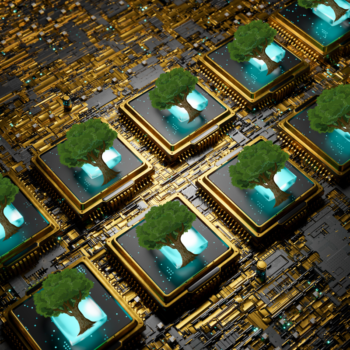
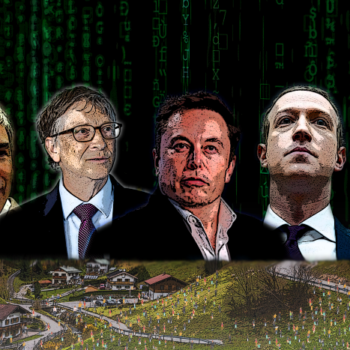


No Comments